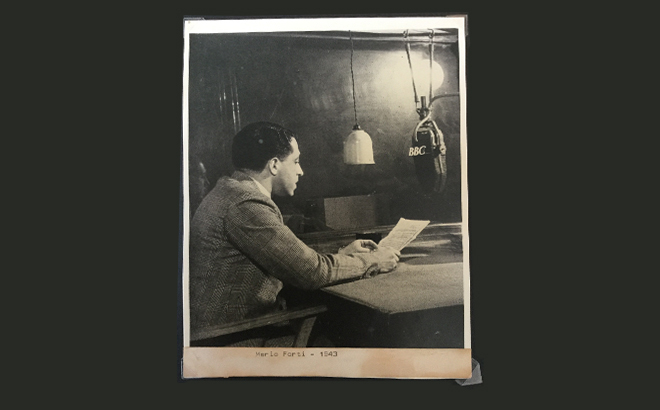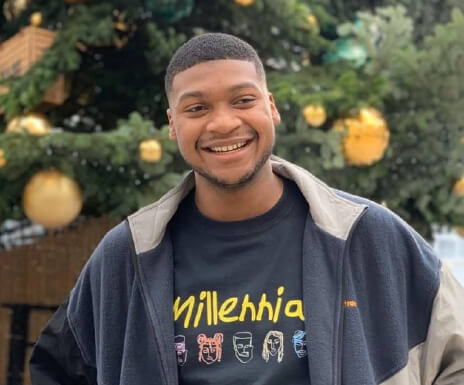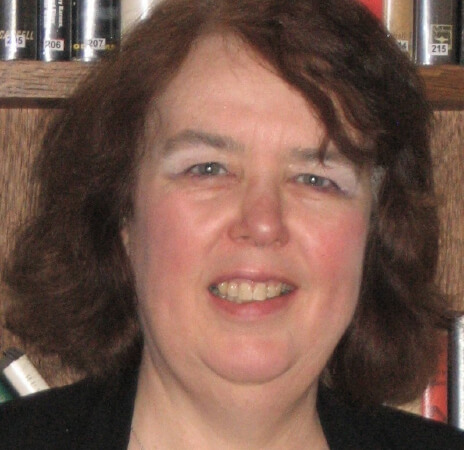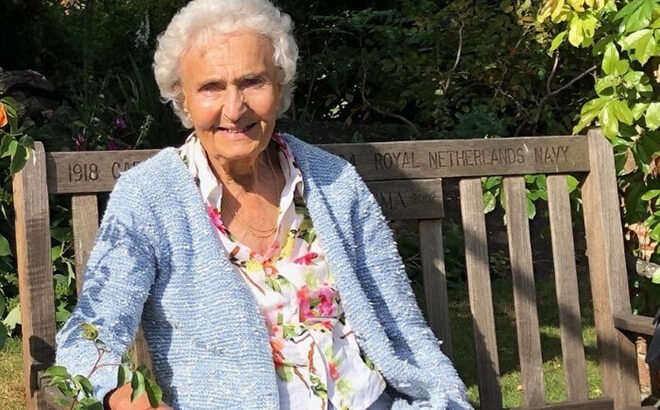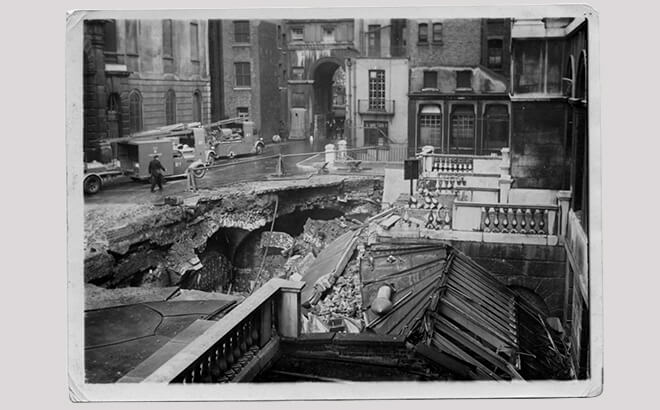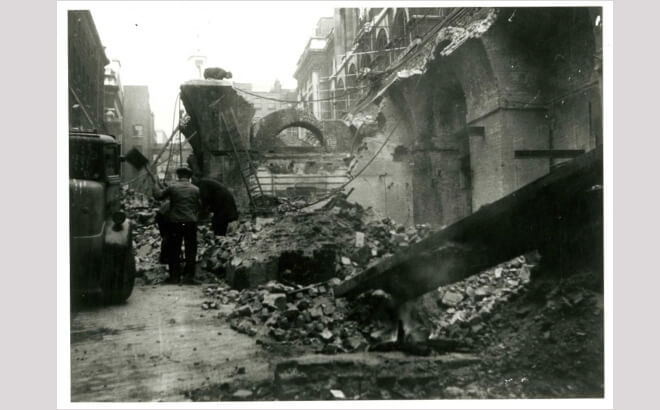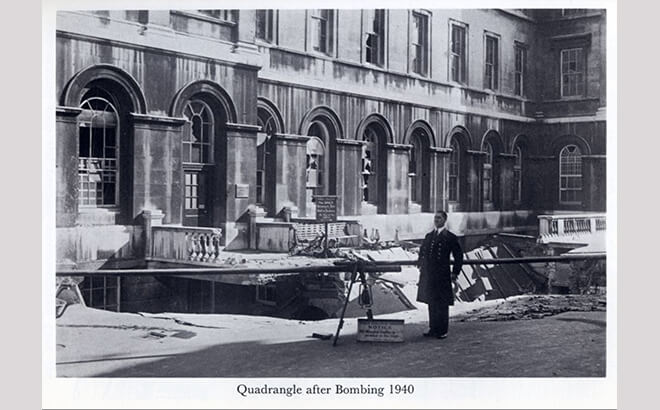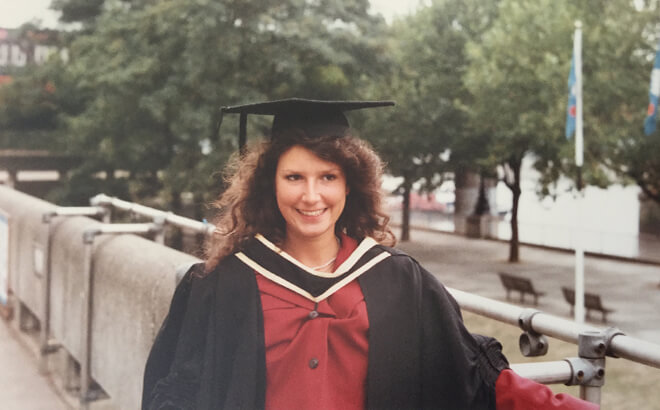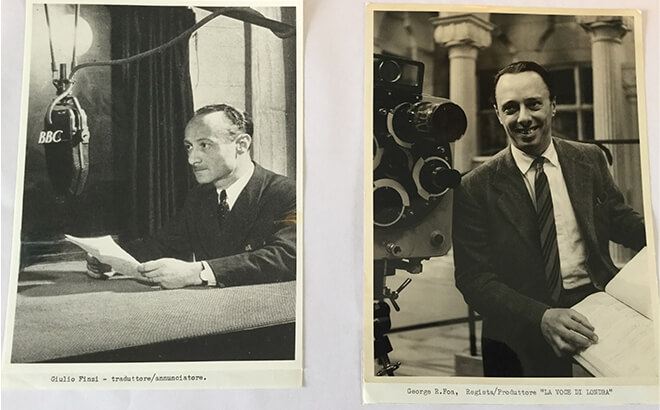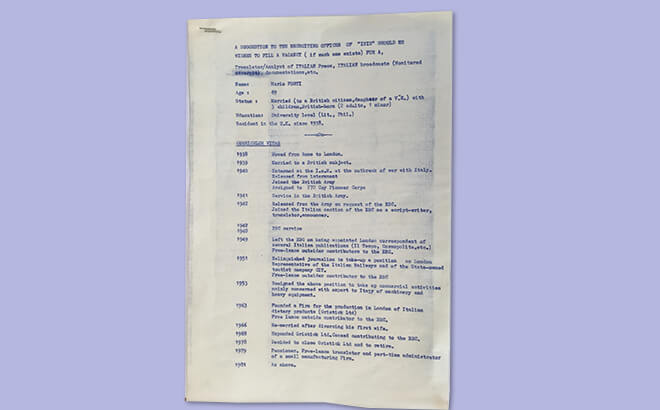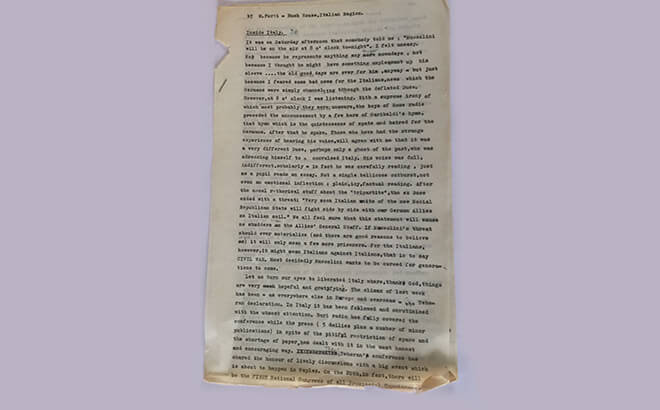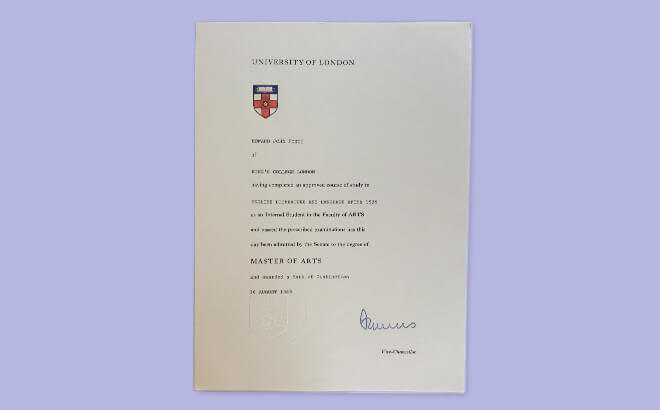Unprecedented times
Dr Jill Taylor, née Weatherill (Medicine, 1948), was one of just a handful of women who studied medicine at King’s during World War II. She shares her memories of her remarkable time at King’s.
At 100 years of age, Margery Winifred Weatherill, always known as Jill, is one of King’s oldest alumnae. A true trailblazer, Jill was one of just a handful of young women who studied medicine in 1940.
Studying in London during World War II meant that she witnessed the horror of the blitz first-hand. Jill tells us about her experiences as a student during one of the university’s most challenging times.
Taking her place
From an early age I knew that my future was in medicine, but it was only after several tumultuous altercations with my father that I reached King’s in September 1940, when Professor McDowell and Professor Sibley were deans. There is so much I remember, particularly of arriving for the first time; it was a grey day and King’s was too! Only 10 per cent of the students were girls (it is more than half now, I hear).
Unprecedented times
It was wartime, and most of the other students at King’s had been moved to safer locations to study because of the bombing. The medical school, however, stayed on at the Strand campus, though many classes were held in the basement for safety. Although the worst bombing in the East End of London was over, bombs still fell every day. I particularly remember the day Waterloo Station was hit. And then the V-1 flying bombs or ‘doodlebugs’ came. Followed by the V-2 rockets, a new and terrifying type of weapon that crashed and exploded without warning. Once a bomb fell on the Air Ministry or somewhere nearby in Central London. It was lunchtime and we were in a shop – we were hauled behind the counter for protection while the bombs fell. We saw the slaughter afterwards. The death toll was appalling.
I remember our year two exams being frightening. We weren’t able to complete our final exam in histology, even though the exam room was below ground. But we all ‘passed’ – and in spite of all this, life at King’s was fun.
Life in London
We were always short of money. Often, I’d walk from Notting Hill Gate to Aldwych via Kensington Gardens and Hyde Park. I got to know that area quite well and it saved me the 6p that was necessary for going to the Proms and to the concerts in the National Gallery, where Myra Hess (the pianist), Hephzibah Menuhin (the pianist) and often Yehudi Menuhin (the violinist) played.
We used to have lunch at the ABC Café in between the Strand’s King’s building and Somerset House – always cheese paste on soggy toast. It cost 6p, but if we wanted to go to the theatre, bread and beetroot could be bought at Lyons’ tea house on the Strand. I remember that at night the male students would be on fire duty on the roof while the female students cooked their supper. Cockroaches crawled up the white tiled walls above the store cupboard – the first I’d ever seen.
Out and about
During the summer holidays we went farming – an option I believe was reserved for medical students. The Farming Camp was in Cosham, Hampshire, but the first year I worked on a local farm helping the farmer to stack wheat. His family lived on potatoes unless an (unlucky) pheasant came their way. We did muck-spreading, dealt with lots of rats, grubbed up potatoes and planted a field of leeks. It was the only time during the war that I remember being hungry.
Life after King’s
As part of her training, Jill spent time at Guy’s Hospital, King’s College Hospital and the West Middlesex Hospital, where students helped the many war casualties who needed treatment. She also recalls the Lister Institute, then famous for its research on blood group substances, but which is now a private hospital.
Jill married in 1945, had two sons and graduated in 1948. She moved with her family to Surrey, where she was a GP for 32 years and is now long-since retired. She shared her story with fellow alumnus Dr Peter B Nunn for InTouch Online.

